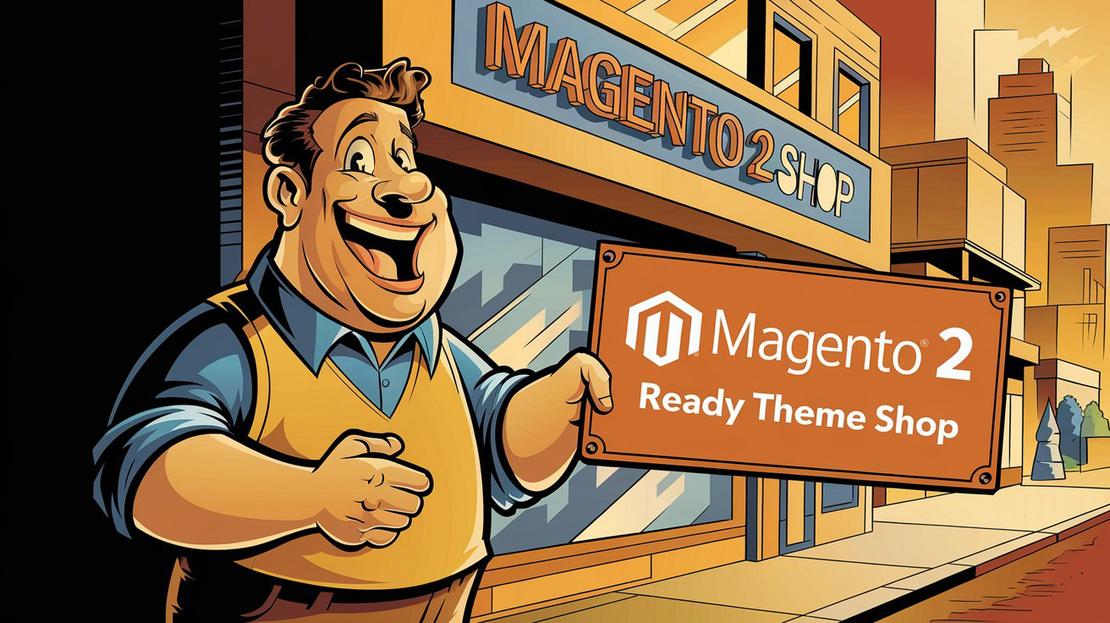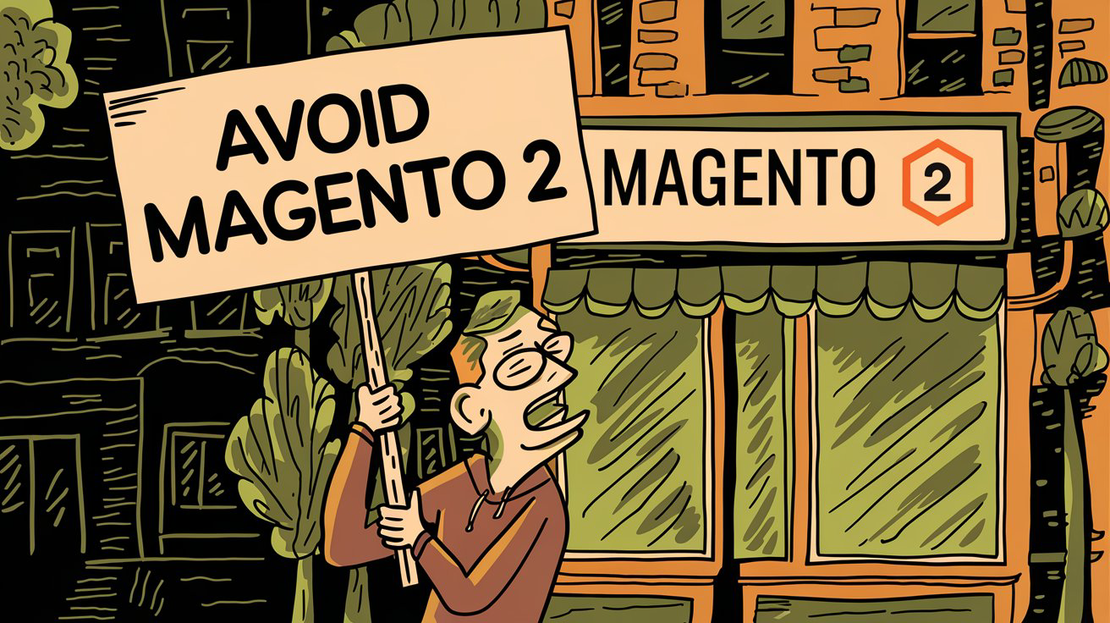
Mastering Magento 2 Design: Boost Your eCommerce Success
- Marta Kaczor
- Design , E commerce , Magento 2 , Ux
- December 2, 2024
Table of Contents
Are you ready to elevate your eCommerce site using Magento 2? This article outlines best design practices tailored for Magento 2 that not only enhance aesthetics but also improve functionality. We cover key elements such as intuitive navigation, the importance of speed optimization, and integrating user-friendly shopping cart features. By implementing these strategies, you can ensure that your store is visually appealing while also providing an exceptional user experience. Learn how to leverage plugins and customizable features to create a unique online presence that resonates with your customers and boosts sales.
Introduction to Magento 2: The Importance of Design in eCommerce Success
In the fast-changing world of eCommerce, Magento 2 shines brightly, powering over 30% of online stores around the globe. This impressive figure highlights its critical role in shaping the digital shopping experience.
Such a powerful platform offers a range of features and flexibility, allowing businesses to customize their online presence to cater to unique customer needs.
Additionally, the significance of design is immense. A well-structured and visually appealing site can boost conversion rates by up to 200%. This means that great design not only draws in visitors but also greatly increases the chances of turning them into paying customers.
For example, a retailer that upgraded their website with a user-friendly layout and fresh visuals saw a noticeable jump in sales, showing how design can directly impact consumer behavior.
In the end, investing in an attractive design not only enhances brand perception but also acts as a crucial driver for business growth in the competitive eCommerce landscape.
Creating Intuitive Navigation: Enhancing User Experience
An intuitive navigation system is key to creating a smooth shopping experience for users.
Research shows that clear navigation can cut bounce rates by up to 50%. When customers can’t quickly find what they need, they’re more likely to abandon their carts and leave the site.
In fact, over 70% of users prefer websites with:
- Simple menus
- Easy-to-use layouts
This highlights how important straightforward navigation is, as it can significantly boost user satisfaction and keep them engaged for longer.
For example, a clothing retailer that revamped its menu structure noticed that customers were more willing to explore different categories, leading to higher average order values.
Overall, crafting an intuitive navigation system not only improves the user experience but also drives better retention and conversion rates, making it an essential part of any successful eCommerce strategy.
Speed Optimization: The Key to Retaining Customers and Boosting Sales
Website performance plays a vital role in keeping customers and boosting sales.
Just a one-second delay in page load time can lead to a shocking 7% drop in conversions. This highlights how crucial speed is—every second matters when it comes to keeping potential buyers interested.
Imagine an online store with 1,000 visitors a day. A 7% drop in conversions means losing 70 sales daily, which can add up to significant revenue loss over time.
Additionally, improving site speed by just 0.1 seconds can increase customer satisfaction by 10%. This small change can set off a chain reaction, leading to more repeat visits and positive word-of-mouth.
For example, a tech retailer that enhanced their website’s loading time saw not only happier customers but also a rise in repeat purchases. This reinforces the idea that speed directly impacts customer loyalty.
In the competitive world of eCommerce, having a fast-loading site isn’t just a nice-to-have—it’s crucial for long-term success.
Harnessing Plugins and Customization for Distinctive eCommerce
Customizable features on the Magento platform can significantly boost user engagement, with some studies showing increases of up to 80%. By personalizing the shopping experience to suit individual preferences, customers feel more valued and are encouraged to explore more products.
Take, for example, an online bookstore that introduced a personalized recommendation engine. By examining customer behavior, they highlighted books that matched user interests, which resulted in longer browsing sessions and higher sales.
Additionally, integrating plugins can increase sales by as much as 25% through improved functionality. These tools can:
- Streamline payment processes
- Implement loyalty programs
- Enhance customer support
This creates a smoother shopping experience. A beauty retailer that added a live chat plugin saw a noticeable rise in conversion rates, as customers valued the immediate assistance. In today’s competitive market, such enhancements are crucial for standing out and providing a unique and efficient shopping journey.
Summary
The article “Unlocking the Power of Magento 2: Best Design Practices for eCommerce Success” emphasizes the transformative potential of Magento 2 in the eCommerce landscape. With over 30% market share, its flexibility allows for tailored online experiences that resonate with diverse customer needs. The piece underscores the critical role of design—where a visually appealing site can amplify conversion rates significantly.
It raises vital questions about user engagement: How intuitive is your navigation? Are you leveraging speed to retain visitors? A one-second delay can result in a staggering 7% drop in conversions, revealing the urgency of optimizing load times for customer retention. Moreover, personalizing user experiences through customizable features and plugins can elevate engagement by up to 80%. Reflecting on these insights, how can your strategies adapt to these design principles to foster deeper customer connections and drive sustained growth?


